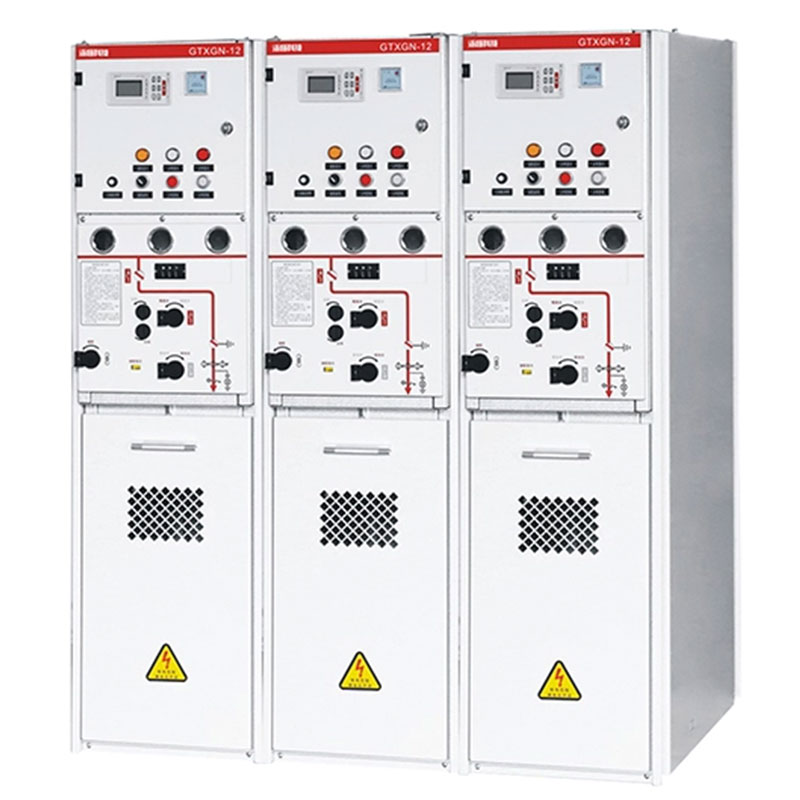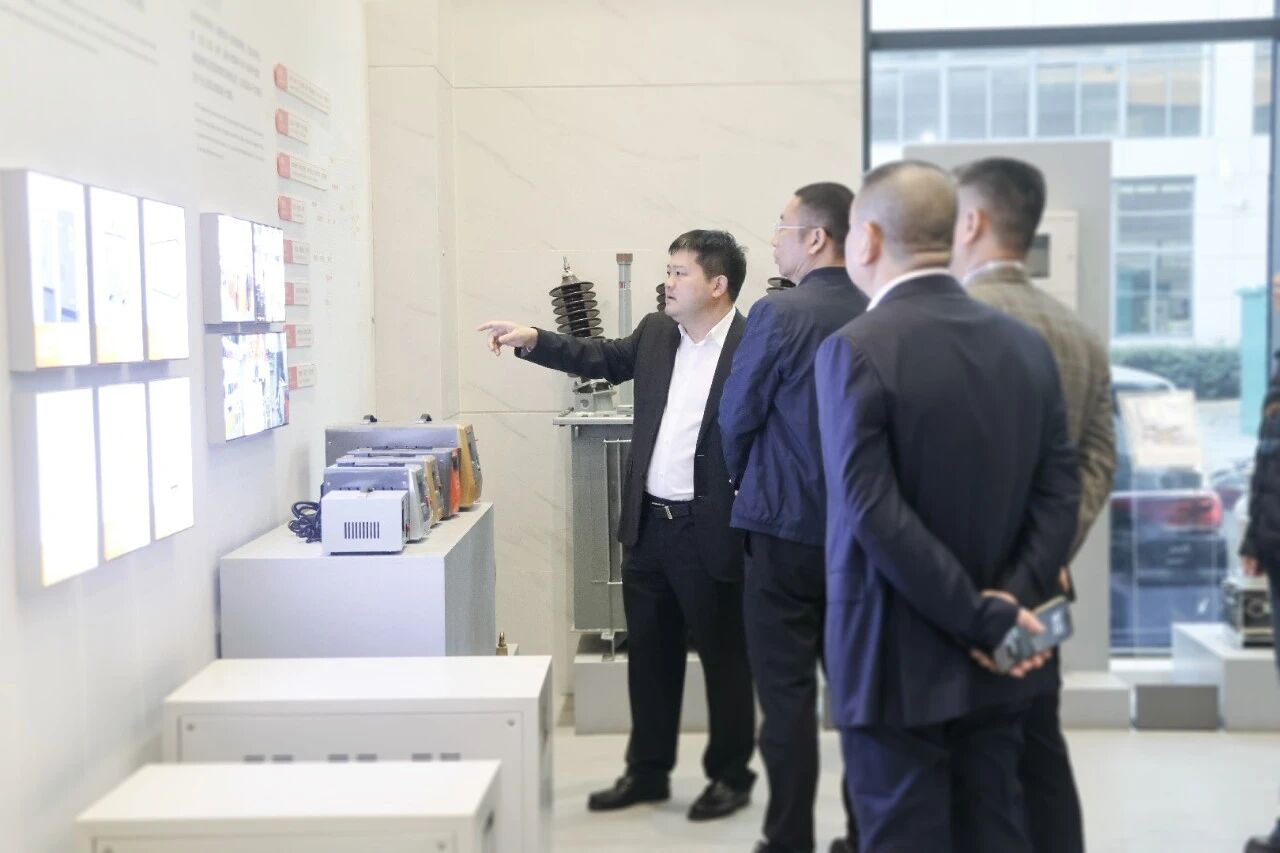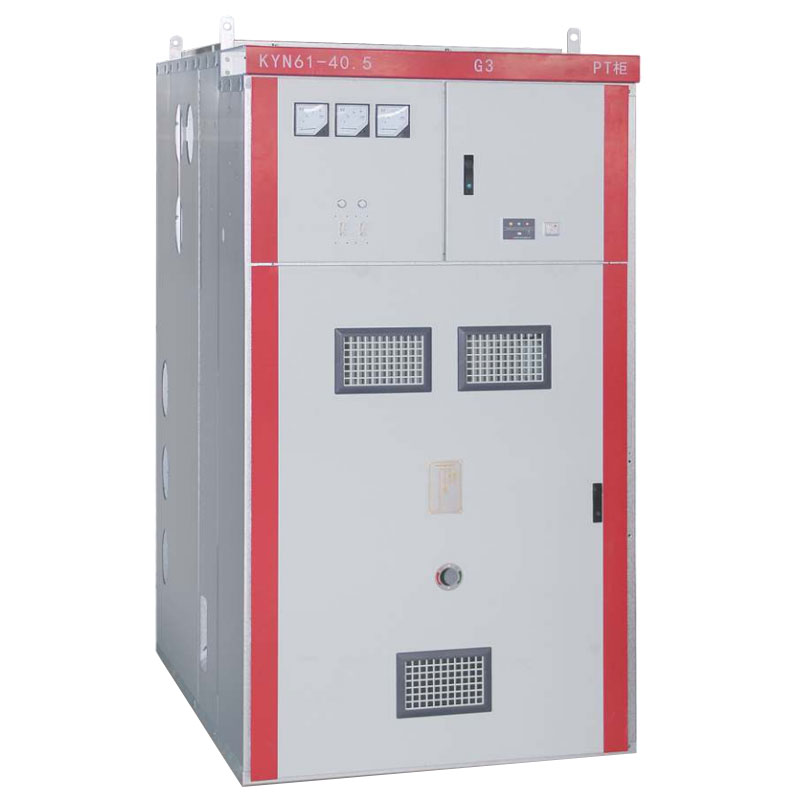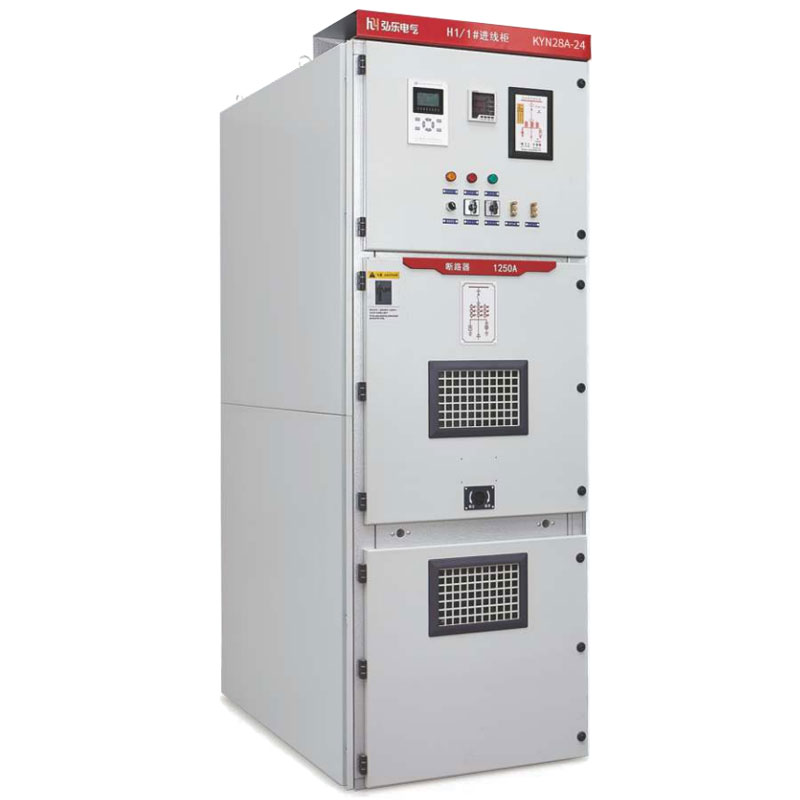What is High Voltage Switchgear

 Site Editor
Site EditorIn the complex network of power systems, high voltage switchgear is a vital component that ensures the safe, reliable, and efficient operation of electrical circuits. Let's explore in detail what high voltage switchgear is, its components, functions, types, working principles, and more.

GTXGN AC Metal-enclosed Ring Switchgear
Definition of High Voltage Switchgear
High voltage switchgear refers to a combination of electrical equipment designed to control, protect, and isolate high voltage electrical circuits (typically above 1kV). It serves as a critical interface between various parts of the power system, enabling the safe switching and control of electrical power.
Components of High Voltage Switchgear
- Circuit Breakers: These are the key components responsible for interrupting or making the electrical circuit under normal and fault conditions. They can quickly cut off the current when a short circuit, overload, or other faults occur, preventing damage to equipment and ensuring the stability of the power system.
- Disconnectors: Mainly used to isolate the electrical circuit from the power source when equipment is being maintained or repaired. They provide a visible break in the circuit, ensuring the safety of maintenance personnel.
- Earthing Switches: These are used to ground the electrical equipment after it is isolated, discharging any residual charge and further ensuring the safety of maintenance work.
- Busbars: Conductors that distribute electrical power within the switchgear, connecting various components and enabling the transfer of electricity.
- Instrument Transformers: Including current transformers and voltage transformers, they reduce high currents and voltages to measurable levels for monitoring, metering, and protection purposes.
- Control and Protection Devices: These include relays, meters, and control panels, which monitor the operation of the switchgear and issue commands to circuit breakers and other components in case of faults.
Functions of High Voltage Switchgear
- Control Function: It can control the on-off of electrical power in the circuit, allowing for the operation of power equipment such as generators, transformers, and transmission lines according to operational needs.
- Protection Function: When faults like short circuits, overloads, or ground faults occur in the power system, the switchgear can quickly detect them and trigger the circuit breakers to interrupt the current, protecting the power equipment and the system from damage.
- Isolation Function: By using disconnectors and earthing switches, it can isolate the faulty or maintenance equipment from the live part of the system, ensuring the safety of maintenance and repair work.
- Measurement and Monitoring Function: With the help of instrument transformers and monitoring devices, it can measure electrical parameters such as current, voltage, and power, and monitor the operating status of the switchgear and the power system.
Types of High Voltage Switchgear
- According to Installation Location:
- Indoor High Voltage Switchgear: Installed inside buildings, suitable for areas with relatively stable environmental conditions. It is widely used in power plants, substations, and industrial and mining enterprises.
- Outdoor High Voltage Switchgear: Designed to withstand harsh outdoor environments such as rain, snow, wind, and dust. It is commonly used in transmission and distribution lines in open areas.
- According to Arc Extinguishing Medium:
- Oil-Insulated Switchgear: Uses oil as the insulating and arc-extinguishing medium. However, due to issues such as fire hazards and maintenance complexity, its application is gradually decreasing.
- Vacuum Switchgear: Utilizes vacuum for arc extinguishing, featuring high reliability, long service life, and low maintenance requirements. It is widely used in medium and high voltage systems.
- SF6 Switchgear: Uses sulfur hexafluoride (SF6) gas as the insulating and arc-extinguishing medium, with excellent insulation and arc-extinguishing performance. It is suitable for high voltage and ultra-high voltage systems.
Working Principle of High Voltage Switchgear
When the power system is operating normally, the high voltage switchgear allows electrical power to flow through, and the control devices monitor the system parameters. When a fault occurs, the protection devices detect the fault signal and send a command to the circuit breaker. The circuit breaker then acts quickly to interrupt the current, isolating the faulty part from the rest of the system. After the fault is cleared, the switchgear can be operated to restore the power supply.
Development Trend of High Voltage Switchgear
With the continuous development of power systems towards high voltage, large capacity, and intelligence, high voltage switchgear is also evolving in the direction of miniaturization, intelligence, environmental protection, and high reliability. Miniaturized switchgear saves installation space; intelligent switchgear integrates advanced sensors and communication technologies, enabling remote monitoring and control; environmentally friendly switchgear uses non-toxic and recyclable materials, reducing environmental impact.
In summary, high voltage switchgear is an indispensable part of the power system, playing a crucial role in ensuring the safe and stable operation of the power grid. Understanding its definition, components, functions, and other aspects is essential for professionals in the power industry and anyone interested in electrical systems.







